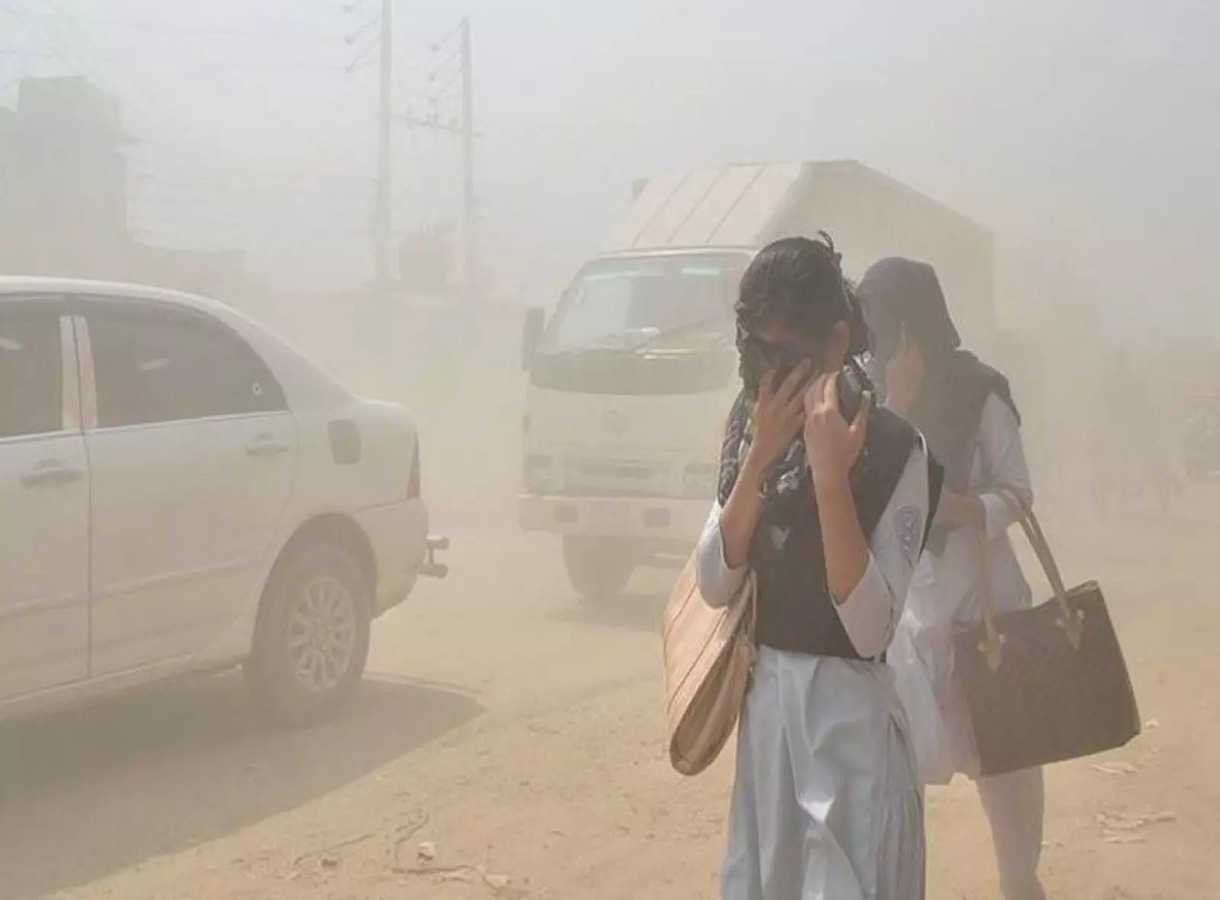This article originally appeared in Financial Express
About 48% of these emissions come from the use of biomass, such as fuelwood and dung cakes, for cooking and heating.
Air pollution is a pan-India problem. In 2022, the average PM2.5 levels across the country were 10.7 times higher than the WHO standard. This means that almost the entire country breathes air considered unsafe by the WHO. The cost of this pollution is around 1.2 million premature deaths and 3% of GDP. Multiple studies show that air pollution in rural areas is as severe as in urban areas, and about 70% of premature deaths from air pollution happen in villages.

The question thus is: Where does all this PM2.5 (particulate matter less than 2.5 microns in size) come from? Recent iFOREST research has attempted to answer this question. Using globally accepted methodology and government data, the research shows that India emits approximately 5.2 million tonnes (MT) of PM2.5 annually, excluding dust from natural and manmade sources.
About 48% of these emissions come from the use of biomass, such as fuelwood and dung cakes, for cooking and heating. Open burning of crop residues contributes an additional 6.5%, making biomass burning responsible for 55% of total PM2.5 emissions. Industry and power plants are the second-largest emitters, contributing about 37%. The transport sector, a major focus of air pollution mitigation, contributes about 7% of the total PM2.5 emissions.
But how could this be? How can emissions from all industries and power plants (India has the world’s second-largest fleet of coal-based power plants) and 300 million plus vehicles plying on roads be less than those from the chullahs of the poor? The answer is simple: unlike automobiles and industries where some pollution control devices are used, biomass cookstoves and open burning in fields emit all of their pollutants unconstrained into the air. Thus, PM2.5 emission per kilogram of biomass in cookstoves is tens to hundreds of times more than those from per kg of coal in power plants or diesel in automobiles. This is precisely why rural areas suffer equally from air pollution.
The Regional Emission Inventory in Asia (REAS), an initiative by researchers from Japan to estimate air pollution from Asian countries, provides data on India’s PM2.5 emissions from 1950 to 2015 for specific sectors. iFOREST research, which follows REAS’s methodology, has estimated the emissions for 2021. The analysis of both datasets indicates that the emissions from the industry sector are on an upward trend, while those from the transport sector and power plants peaked in 2010 and have declined marginally.
The most significant emissions decline has happened from residential cooking. PM2.5 emissions from cooking have dropped by 13% or about 0.3 MT during 2010-2021 due to the shift to LPG. Thus, the 50 million households that have shifted to LPG as their primary cooking fuel between 2010 and 2021, thanks to programs like Pradhan Mantri Ujjwala Yojana (PMUY), have contributed the most to reducing air pollution.
To address air pollution decisively, we must go beyond “optics” like odd-even, banning construction, spraying water, inducing artificial rains, etc. and focus on energy transition.
Energy transition in the residential sector would provide the biggest gains. Thus, shifting households to LPG, biogas, or electricity for cooking and heating would eliminate 48% of India’s PM2.5 emissions. Doing so would also eliminate 800,000 premature deaths directly caused by exposure to PM2.5 inside the household and enable the country to achieve its commitments under Sustainable Development Goal 7 to provide “clean energy to all by 2030”. While this is a herculean task, it can be achieved with focused policy interventions like PMUY.
Similarly, energy transition in industry, especially MSMEs, and rigorous monitoring and enforcement would be necessary to decrease industrial pollution. On the other hand, a shift to EVs in the automobile sector would be necessary to reduce vehicular pollution.
Lastly, eliminating stubble burning is essential to decrease severe and hazardous pollution days in Delhi-NCR. This practice contributes to PM2.5 emissions equal to those from all of India’s vehicles. Both incentives and penalties should be deployed to eliminate this environmentally damaging practice.
These are the steps for controlling air pollution in the country; anything less would not suffice.
Chandra Bhushan is one of India’s foremost public policy experts and the founder-CEO of International Forum for Environment, Sustainability & Technology (iFOREST).

Pingback: India’s Silent Air Pollution Crisis – SUIND